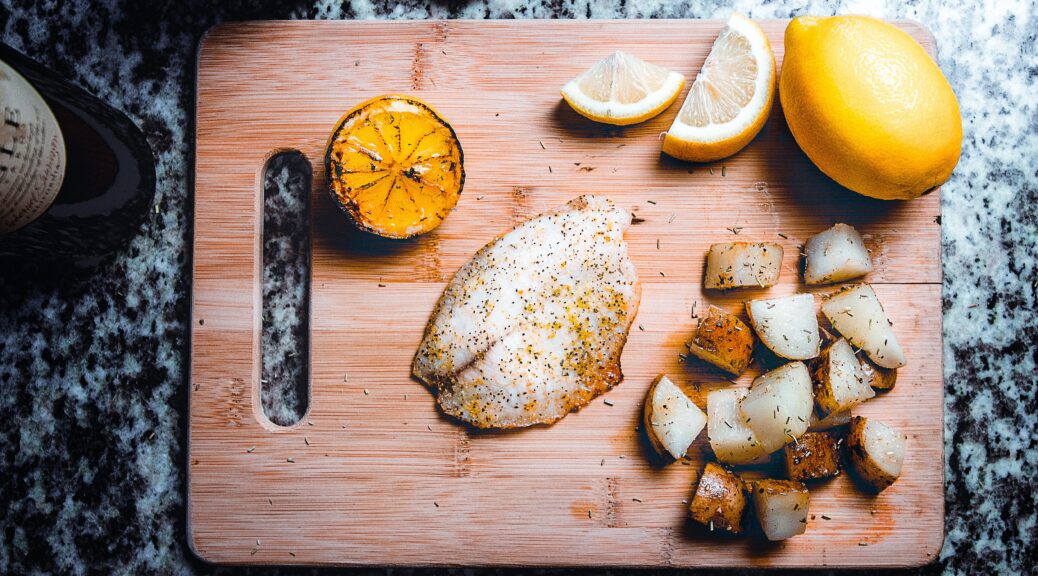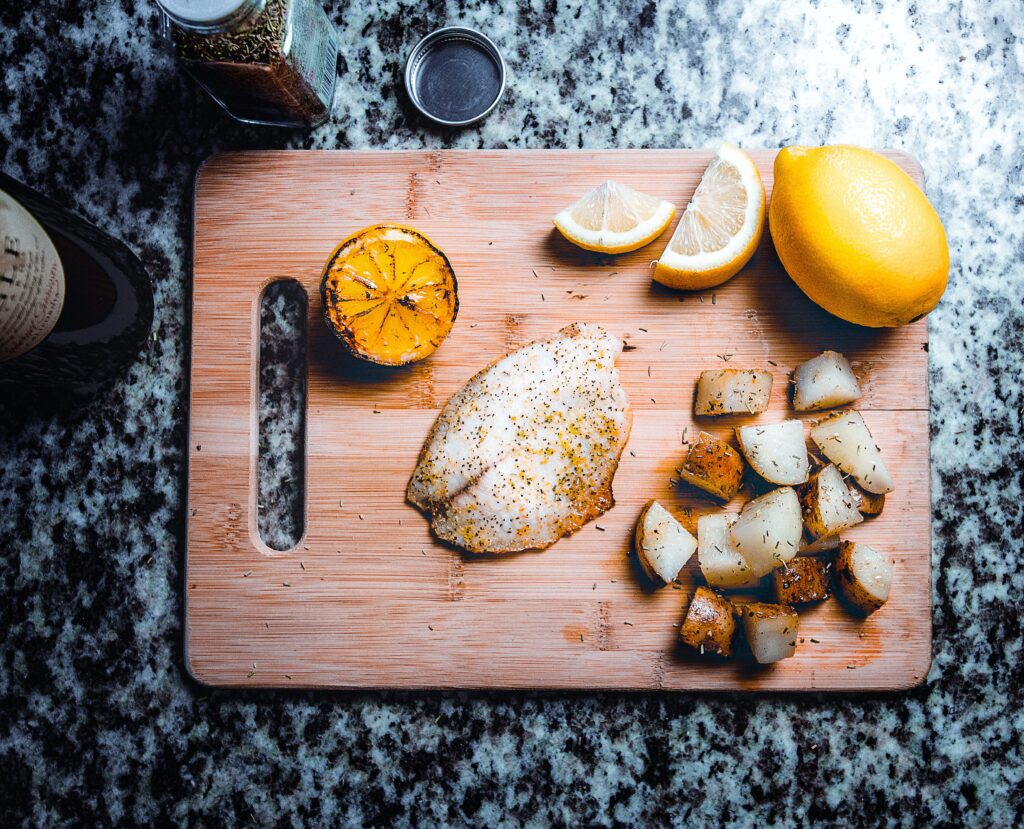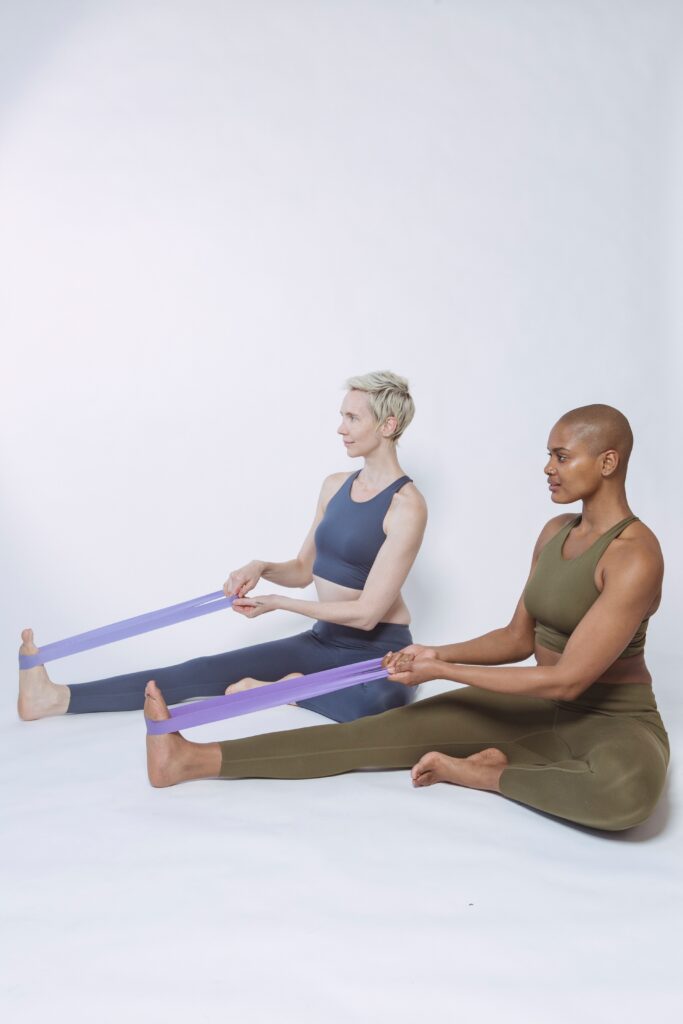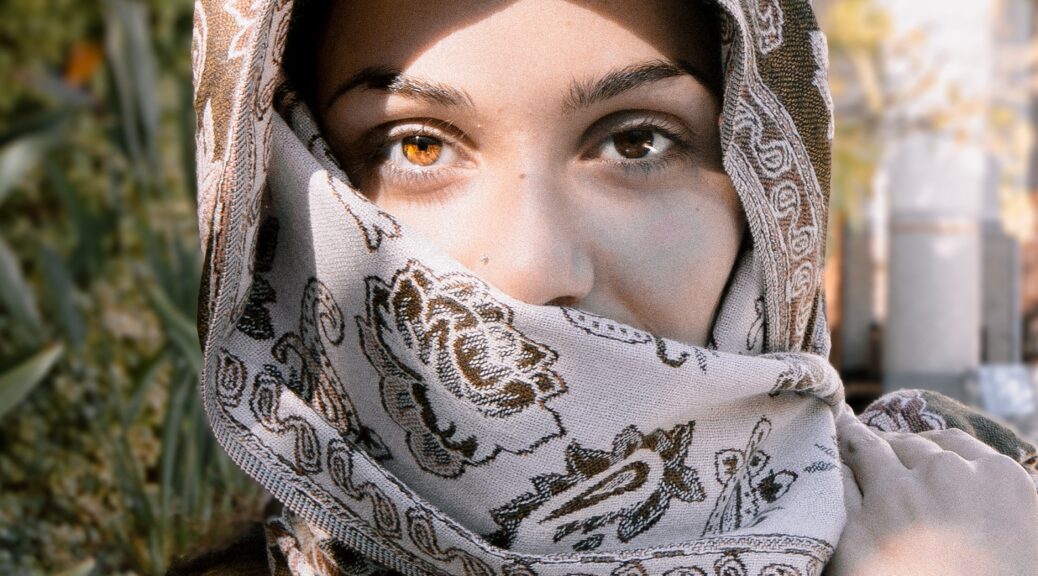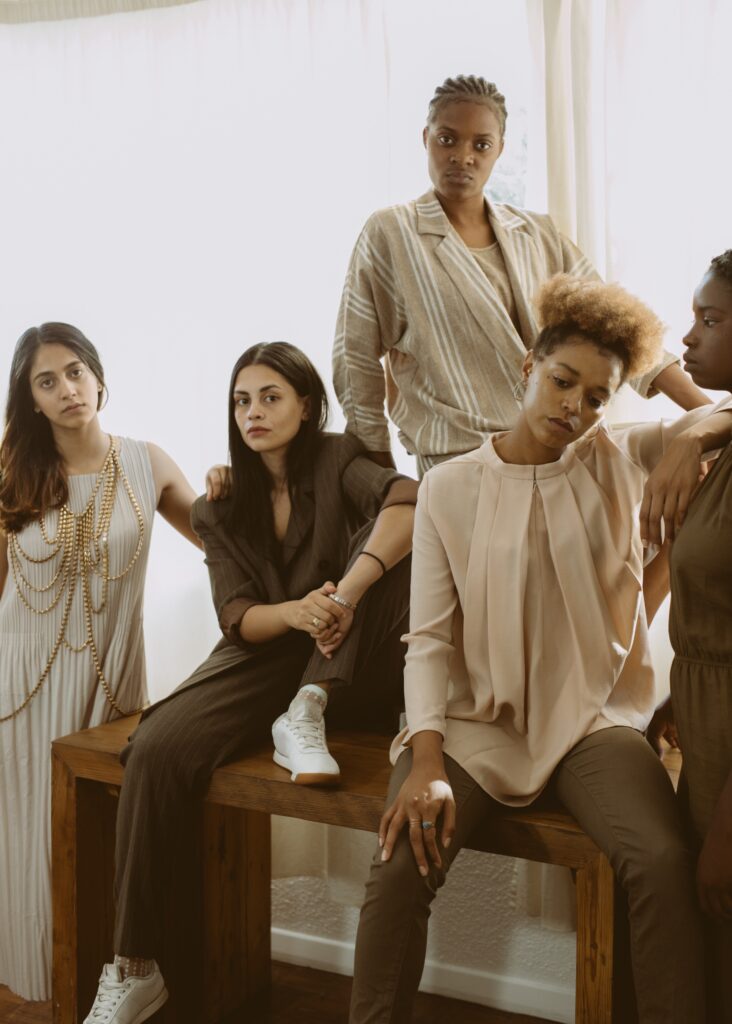The majestic Norwegian Forest Cat, often nicknamed the “Wegie,” is an awe-inspiring breed known for its thick, luxurious fur, powerful physique, and independent spirit. These gentle giants, hailing from the rugged Scandinavian forests, have captivated hearts with their unique charm and intriguing history. Let’s delve into the captivating world of the Norwegian Forest Cat:
Appearance:
- Fur: The defining feature of the Wegie is its stunning double coat. Long, flowing guard hairs, waterproof and weatherproof, protect a dense woolly undercoat, making them perfectly suited for harsh Nordic winters. Expect a variety of colors and patterns, from solid black and tabby to white, with captivatingly bushy tails.
- Size: These are sizeable felines, with males reaching up to 19 pounds and females around 16 pounds. Their robust build, strong legs, and large paws showcase their agility and climbing prowess.
- Eyes: Expressive green, amber, or blue eyes, often almond-shaped, add depth and personality to their faces.
Personality:
- Independent: Though affectionate and loyal companions, Norwegian Forest Cats retain a sense of independence. They enjoy their own company but appreciate gentle cuddles and playtime on their terms.
- Playful: Despite their regal appearance, these playful felines retain a kittenish spirit well into adulthood. They love climbing, exploring, and engaging in interactive games.
- Intelligent: Wegies are quick learners and curious observers. They can be trained to walk on a leash, solve puzzles, and even open doors!
History and Breeds:
- Legends and Origins: Norse mythology tells tales of forest-dwelling fairy cats with magical abilities, and many believe the Norwegian Forest Cat descends from these legendary creatures.
- Natural Breed: Unlike many breeds, the Wegie developed naturally, adapting to the harsh Scandinavian climate for centuries. This resulted in their robust physique, thick fur, and excellent hunting skills.
- Breed Recognition: Despite centuries of existence, the Norwegian Forest Cat only achieved official breed recognition in the 1970s, and their popularity has soared ever since.
Living with a Wegie:
- Grooming: Their luxurious fur requires regular brushing to prevent matting, but they are generally low-maintenance cats.
- Space and Activity: These athletic felines need ample space to explore and climb. Consider offering high perches, scratching posts, and interactive toys to keep them stimulated.
- Compatibility: Wegies typically adapt well to other pets and children, but individual personalities can vary. Introduce them gradually and ensure everyone has their own space.
Owning a Norwegian Forest Cat is a unique and rewarding experience. Their captivating beauty, playful spirit, and independent nature make them exceptional companions for those who appreciate a feline friend with a touch of wildness in their soul.
If you’d like to know more about specific aspects of the Norwegian Forest Cat, like their health needs, breeders, or famous Wegies in history, feel free to ask! I’m always happy to share more about these enchanting creatures.




